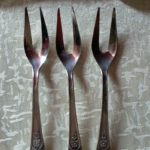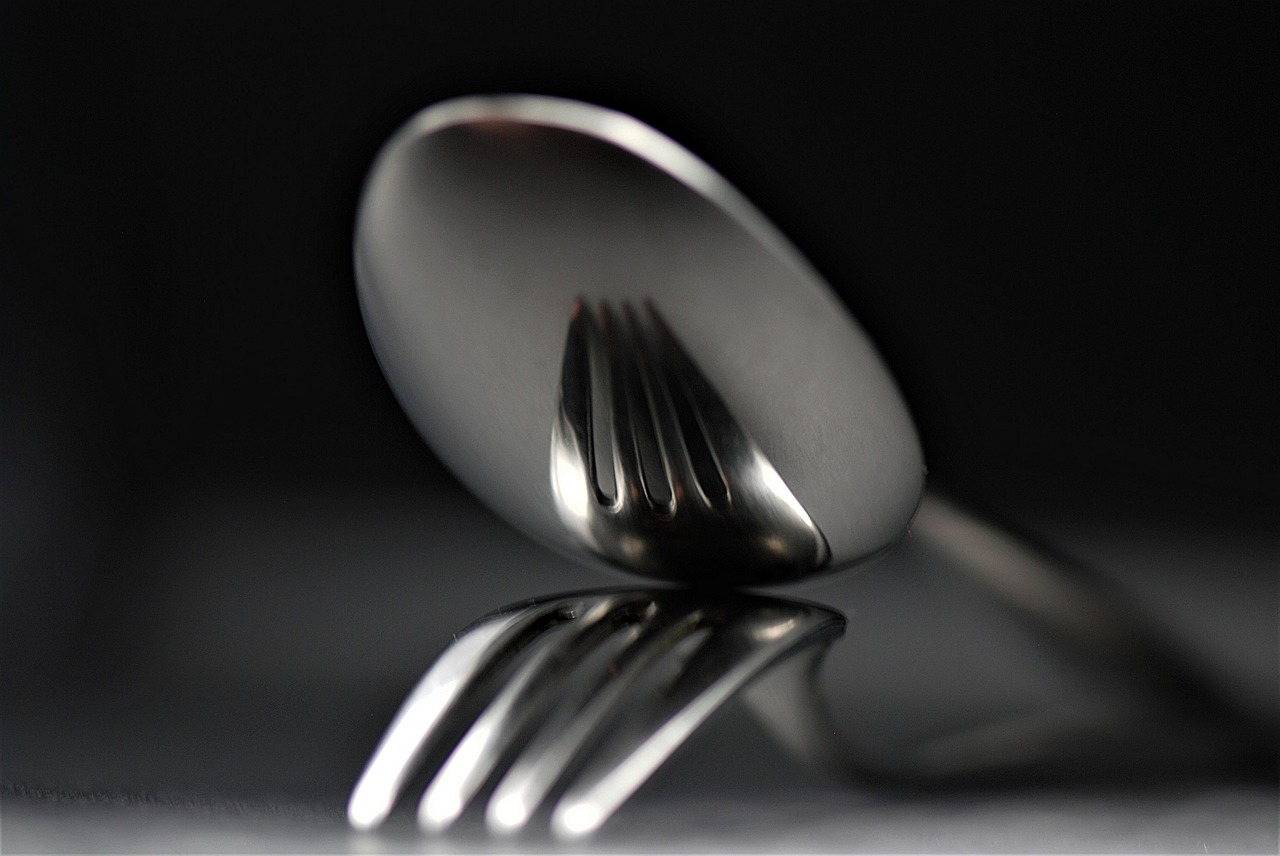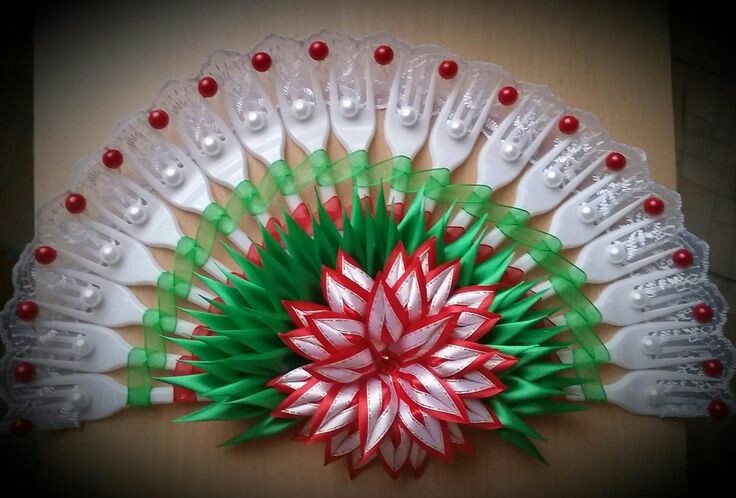What is a three-prong fork used for?
A three-prong fork may seem like just a creative twist on a regular version, especially if you're looking at a cutlery designed for fish. But this shape of all three-pronged forks is not accidental and is dictated by healthy practicality. So let's figure out what it is and what it's useful for.
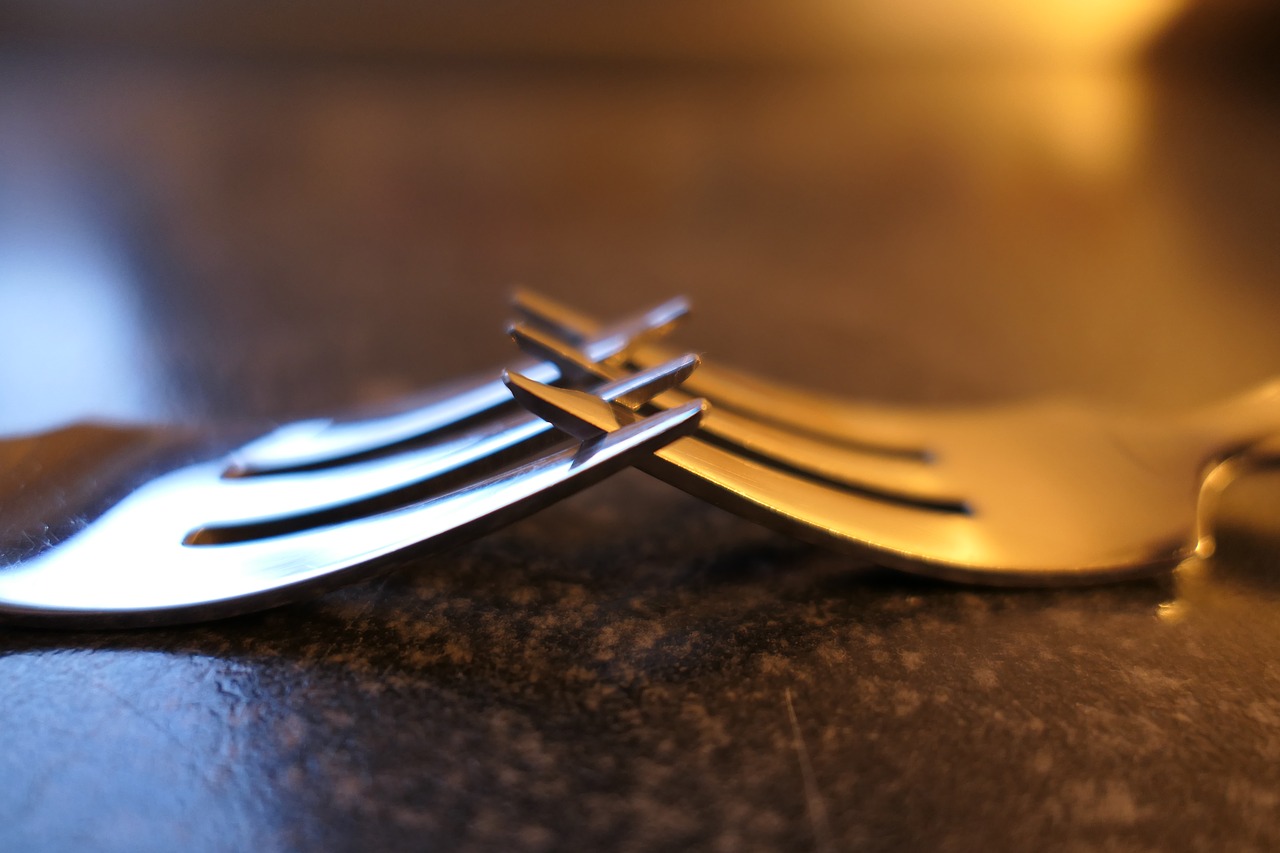
The content of the article
Fish
This trident is similar in size and shape to a four-armed dinner cutlery. The only difference is that the distance between the horns is slightly greater than that of a conventional fork. This makes it easier to separate the bones from the finished dish.
The fish fork forms a pair with the corresponding knife, so it should be held in the left hand. Sometimes, for the convenience of eating hot fish dishes, the trident can be replaced with a four-pronged fork with short wide horns (chill fork).
For seafood
This type of trident has several characteristic features. The first is a wide base, which makes the product easier to work with. The second is the central tooth, which is somewhat narrower and sometimes longer than the two lateral ones. This makes it easier to cut the leg of the mollusk, which is held in the shell valve by the side horns. There is also a variation with a long left tooth, which separates the mollusk from the valve.
A pair of cutlery for oysters is represented by a fork and a special knife designed to open them. But along with the trident, mussels are served with special tongs that hold the shell of the mollusk.
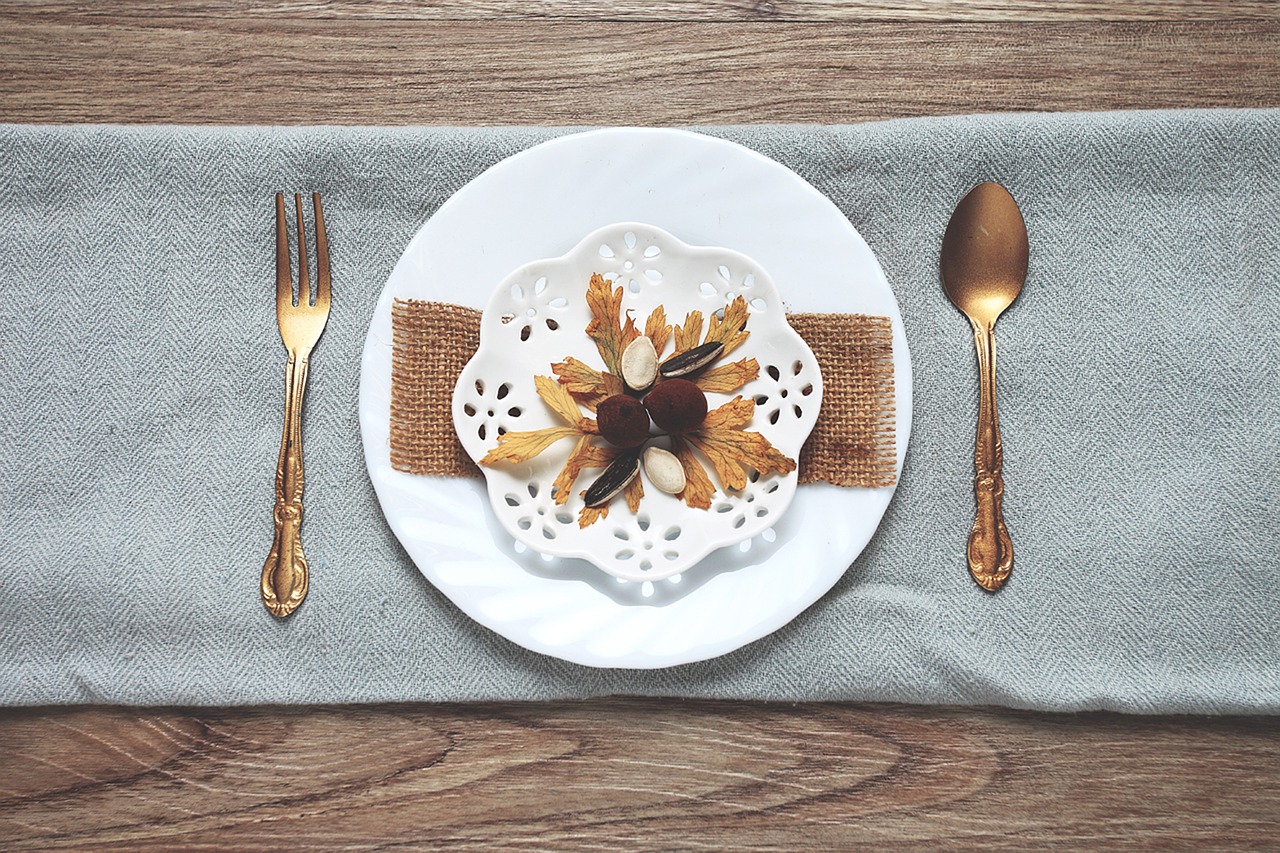
Dessert
This cutlery usually does not have a pair and can be presented in two varieties. The first - pie - combines the functions of a knife and fork. This is indicated by the left horn, which is usually slightly wider than the other two and does not have a sharp tip. It is with this prong that it is customary to divide the dessert into small pieces, which are then picked up on a fork and sent into the mouth.
The second variety is an ornate little three-pronged variation, distinguished by the intricate shape of its teeth. It is customary to hold such a cutlery in the right hand, just like a dessert spoon, which it, in fact, replaces.
In addition to the above options, you can also find cutlery on the table, which more closely resembles a spoon split into three parts. If you don’t know what dish it’s for, look around for a fruit salad, because this variation is designed specifically for it - the slits between the cones allow excess juice to flow freely onto the plate.

